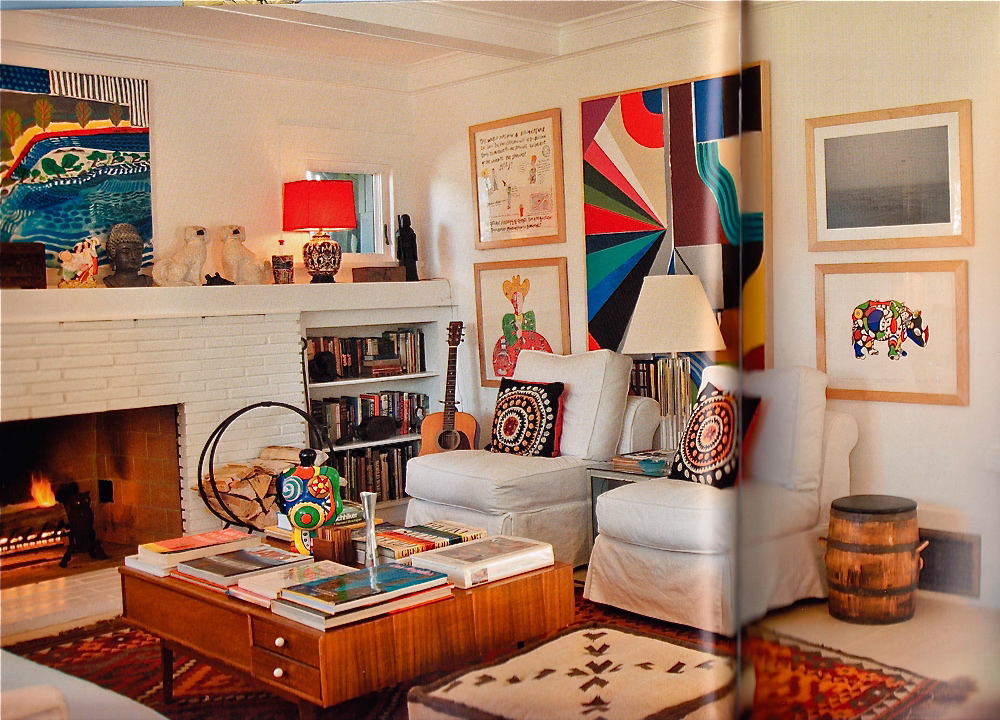I just returned from a week in Oregon where I stayed with family and friends in the hipster section of East Portland. Wooooowwww!!!!!!! What a week! What a city!!!!!
Unfortunately my family still doesn't want to appear anywhere on my blog, so I'll have to leave out a lot of events that related to my son, his amazing and generous girlfriend and their terrific friends. Too bad!
The biggest asset of Portland is its people and, more significantly, its hipsters. That's a big subject that'll require an entire post to cover. I'll come back to that.
And others (above) haven't been kept up much at all, but they still succeed in being beautiful.
Craftsman homes (above) dating from the 1920s abound in East Portland. Has there ever been a more pleasing home style?
Even churches benefit from the Craftsman look. Here's (above) a Craftsman reading room attached to a Presbyterian church I visited.
Of course Wi-Fi was provided.
Even the sidewalks in suburban East Portland are worth seeing.
The plant growth there is a controlled wild...it's the look that you see in paintings of old English cottages. Compare that to towns where a lawn is usually a neat, flat field of plain grass punctuated by an occasional rose bush.
People have discovered how to tame and shape small trees so they form a canopy over the sidewalk. No doubt trees like this can be found in lots of places but only in Portland have I seen such a such a profusion of them in urban settings.
That's because it's a Portland custom to plant trees on the lawn right up to the sidewalk.
I'm guessing that the curbside forest is Portland's way of presenting the concept of verdant nature to passers-by. Or maybe they're just taking advantage of the frequent rainfall in that city. I'm told that rainfall there is unique. Umbrellas don't really protect you from it because it's a kind of mist that comes at you from all sides.
I saw a number of Craftsman homes which were made into shops. If I had a Craftsman I'd try to be faithful to the original builder's intent; even so, I admit that some of the commercial changes (above) have been beautiful.
It strikes me that some of the best ideas for modern houses can be found in shops and restaurants. Maybe home architects should pay more attention to what's happening in those fields.
Furnishing a Craftsman is easy. Original period furniture is pricey, but comfortable, oversized, thrift store furniture works very well in rooms like the one above.
On the other hand, if you can afford original arts and crafts furniture...well...look what's available (above)! I wouldn't be surprised if that table was made of teak.
That's enough about houses. I want to hit another Portland highlight, namely Powell's Book Store (above). It's the biggest book store in the U.S.A. and possibly the world, and the staff is super efficient and helpful. It's a whole lot bigger than it looks in the photo.
There's so much to say about Portland that I've had to leave out for lack of space: The hipster scene, the employment prospects, Mount Hood and the amazing Timberline Ski Lodge, the Steampunk bridges, the nature hikes, the incredible local beers, the hippie food, Cascadia....I'll have to cover some of these in another post.



















































